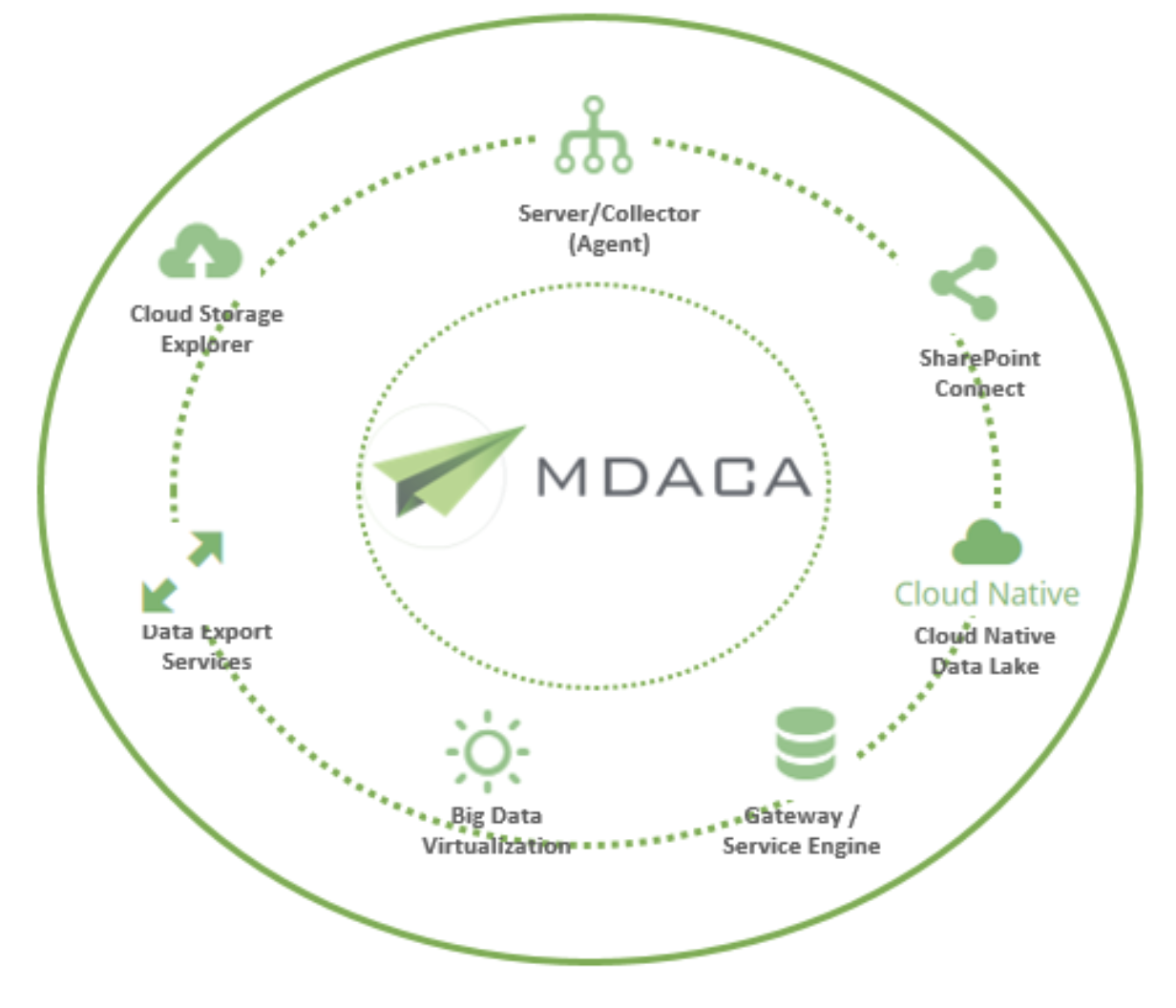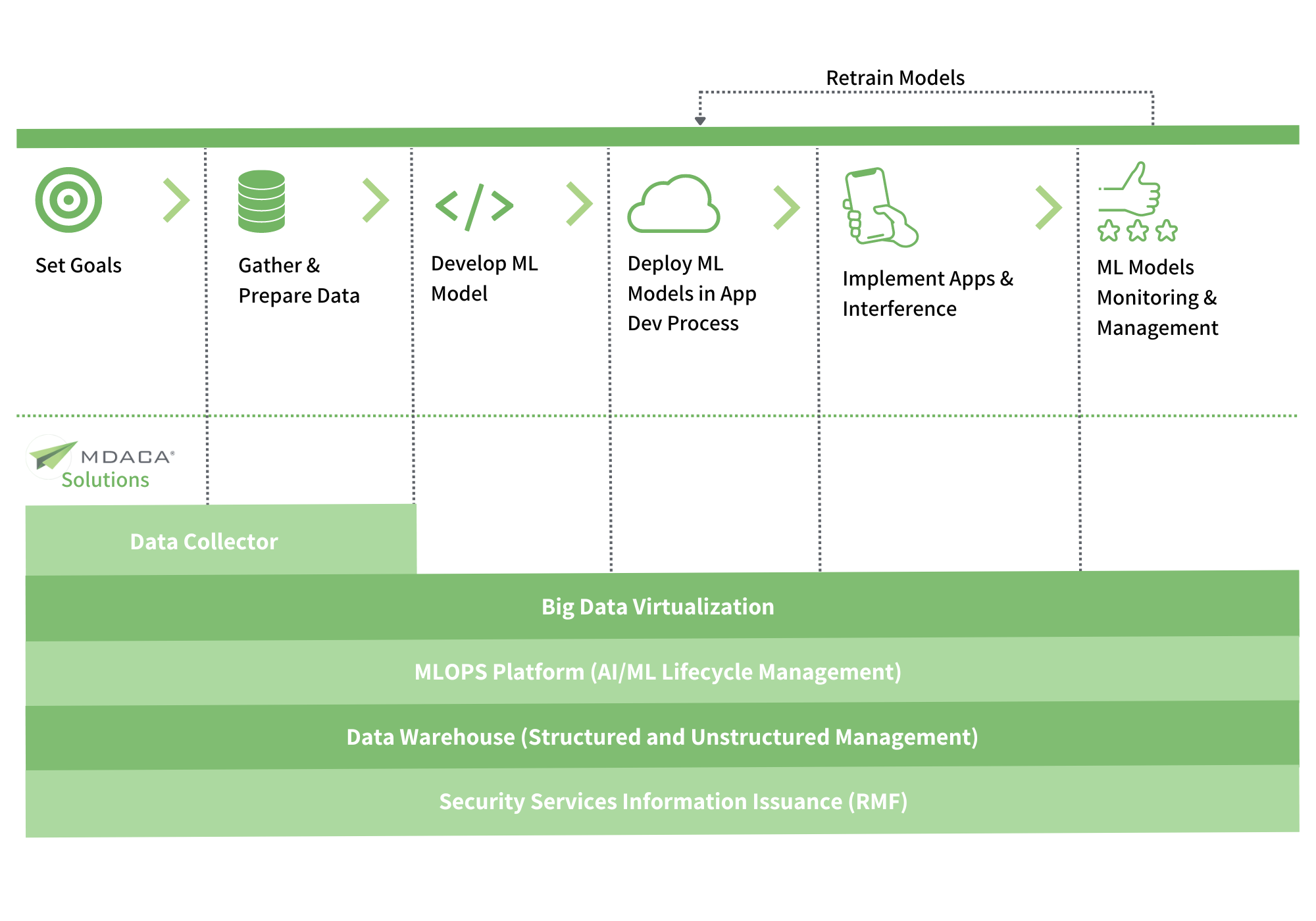Michael Peterson
Director of Innovation and Research
SpinSys
Joseph Milner
SSM/CTFL/CFLBA
Artificial intelligence (AI) has long held the fascination of human beings. The Greek poet, Homer, described intelligent machines created by the gods to perform various tasks in his epic poem, The Iliad (Cave et al, 2020). In the centuries since, numerous authors have toyed with the idea of mechanical beings capable of thought. Science fiction is teeming with examples of magnificent mechanical beings like the ones first described by Homer. Reality will never catch up to our imaginations, however, technology today has made great strides in bridging the gap.
The first modern application of machine learning (ML) occurred in the late 1950s and is often attributed to Frank Rosenblatt, who, along with a team from Cornell University, built a machine capable of recognizing the letters of the alphabet (Fradkov, 2020). That first foray into machine learning was rather rudimentary by today’s standards as the technology has grown immensely in the years since. Today, artificial intelligence and machine learning are far more than conceptual ideas. They have real-world applications that have revolutionized industries including healthcare, retail services, customer service, and many others.
Artificial Intelligence and Machine Learning
AI as a research discipline has its roots in a 1956 Dartmouth College research project that held the belief that “intelligent human behavior […]could be formalized and reproduced in a machine” (Dick, 2019). The early forays into artificial intelligence attempted to both define and establish the “formal processes that [constitute] intelligent human behavior” and, design machines that can replicate it (Dick, 2019). Today, however, the goals of AI researchers are no longer tied to replicating human behavior and instead focus on creating machines that can solve complex problems “by any means” (Dick, 2019). The key point is that there is no longer an expectation or desire to have artificial intelligence behave in a distinctly human way.
The decoupling of artificial intelligence from human intelligence has allowed researchers to develop distinct methods for training artificially intelligent machines. Machine learning, aptly named, is one such method. Machine learning is a field within computer science that seeks to develop methods in which computers can “automatically improve with experience” (Mitchell, 1997). An undertaking at which computer scientists have shown great progress. Through the use of specially designed algorithms, computer programs and artificially intelligent machines are trained to perform a task and then analyse their performance in order to inform and improve future attempts (Mitchell, 1997). Thus, machine learning enables computer scientists to teach artificially intelligent machines to improve themselves. As our understanding of computer science and machine learning grows, so will our abilities to train and improve AI and the machines powered through AI.
MDACA ML-Ops
MDACA ML-Ops is a full, end-to-end, machine learning life-cycle tool that facilitates the simple, portable, and scalable deployment of ML workflows on Kubernetes. MDACA ML-Ops can be run anywhere that Kubernetes are utilized. Furthermore, MDACA ML-Ops allows the management of your entire AI organization, at scale, while maintaining quality control. At its core, MDACA ML-Ops provides software solutions that allow end-to-end workflows to build, train, deploy, and/or develop a model and create, run, and explore a pipeline.
MDACA ML-Ops works by building on Kubernetes as a system for deploying, scaling, and managing complex workflows. The MDACA ML-Ops configuration allows you to pick and choose the ML tools needed for your workflow. This workflow can then be deployed to cloud, local, and on-premises platforms for both experimentation and production use.
The MDACA ML-Ops configuration includes tools for every stage of your ML workflow. The MDACA Data Collector allows you to set ML goals and gather and prepare data to develop and train your ML model. The Big Data Virtualization solution provides a logical data layer that integrates enterprise data across disparate systems and manages the unified data for centralized data access. Data is secured in a Cloud-Native Data Lake that stores data in an optimized, compressed, and cost-effective manner that is securely and easily available to each system. Finally, the ML-Ops Platform facilitates the development, training, refinement, re-training, and implementation of your ML model and allows full management and monitoring of your ML systems post-deployment.
Machine Learning and Artificial Intelligence are at the forefront of their future capabilities. As such, the present is the perfect time to ensure that your organization is prepared. The MDACA ML-Ops platform combines cutting-edge technology with cost savings that will allow your organization to flourish and grow. Through MDACA ML-Ops your organization can exploit the myriad advantages offered by machine learning, all while maintaining the security and integrity of your data. From data gathering and processing to managing your ML model, MDACA ML-Ops provides solutions for every step.
References
Cave, S., Dihal, K., & Dillon, S. (2020). AI narratives: A history of imaginative thinking about intelligent machines. Oxford University Press.
Dick, S. (2019). Artificial Intelligence. Harvard Data Science Review, 1(1). https://doi.org/10.1162/99608f92.92fe150c
Mitchell, T. M. (1997). Machine Learning. McGraw-Hill. https://books.google.com/books?id=EoYBngEACAAJ






